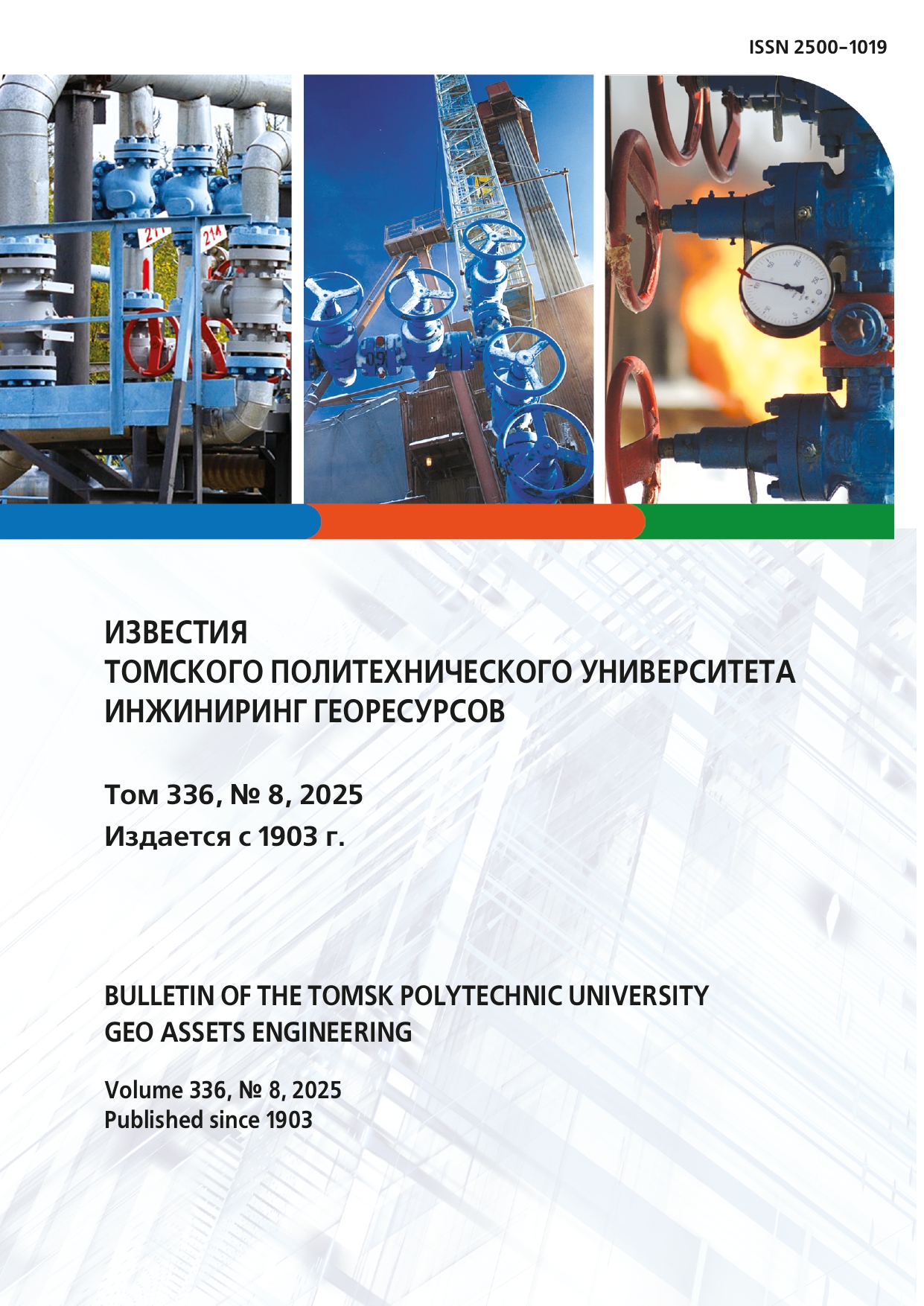Том 334 № 6 (2023)
DOI https://doi.org/10.18799/24131830/2023/6/3944
ДВИЖЕНИЕ ВОЛНЫ ФИЛЬТРАЦИИ ВДОЛЬ НЕСВЯЗНОЙ ПОВЕРХНОСТИ ПОРИСТОГО ТЕЛА
Ссылка для цитирования: Таирова А.А., Беляков Г.В., Юдочкин Н.А. Движение волны фильтрации вдоль несвязной поверхности пористого тела // Известия Томского политехнического университета. Инжиниринг георесурсов. – 2023. – Т. 334. – № 6. – С.20-26.
Актуальность исследования обусловлена необходимостью изучения механизмов взаимодействия фильтрационного потока с трещиноватой породой и изменения ее механических параметров при раскрытии больших нефтесъемных поверхностей, которые являются стенками трещины гидроразрыва пласта. При развитии трещины происходит переупаковка или разрушение частиц скелета, что может приводить к снижению проницаемости образующейся поверхности, а также к изменению направления трещины. Цель данного исследования заключается в визуализации на физической модели распространения фильтрационного фронта вдоль несвязной поверхности пористого тела и изменения напряженно-деформированного состояния скелета. Объект: пороупругие породы нефтесодержащего пласта Методы: лабораторные исследования по определению скорости распространения кончика «трещины» в результате фильтрации вязкой жидкости при различных перепадах давления и напряженно-деформированных состояниях скелета. Результаты. Получена визуальная картина взаимодействия вязкой жидкости с пороупругим скелетом при различных параметрах пористой среды и давления закачки. Предложена аналитическая зависимость для представленной модели, показывающая, что относительная ширина «трещины» зависит от упругих параметров и начального размера пористого массива, давления нагнетаемой жидкости и коэффициента трения его о «подошву» и «кровлю». Результаты экспериментов показали, что раскрытие сомкнутых несвязных поверхностей пористого массива, моделирующих трещину, носит неустойчивый характер. Скорость распространения носика «трещины» зависит от угла ее раскрытия. В ходе экспериментов было замечено, что при раскрытии «трещины» массив непосредственно за стенками сжимается, в результате чего уменьшается проницаемость скелета. Таким образом, вся жидкость устремляется к носику, тем самым увеличивая длину «трещины».
Ключевые слова:
напряженно-деформированное состояние, пористая среда, фильтрация жидкости, носик трещины, фильтрационный фронт, упругость среды





